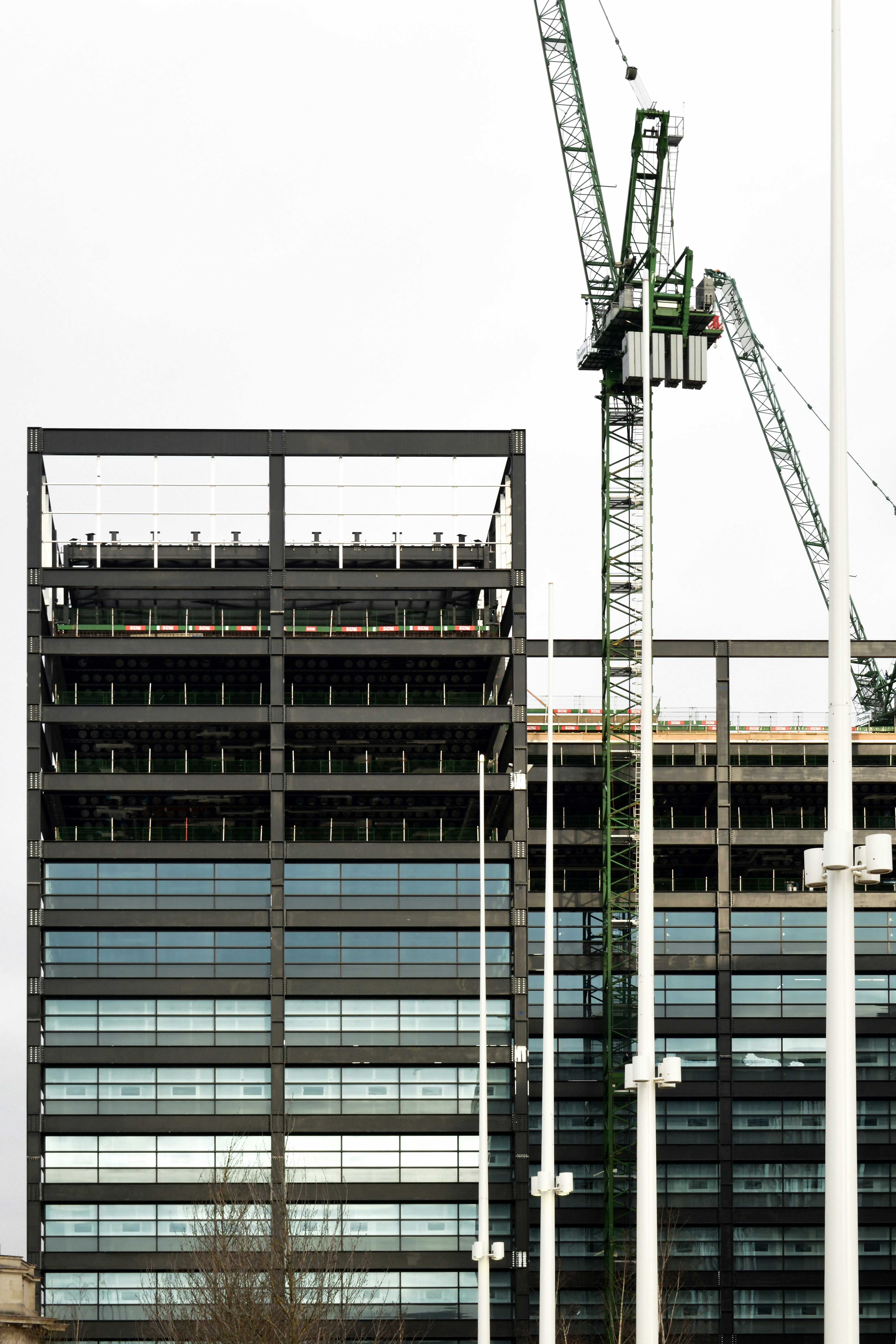Understanding the Importance of Hurricane-Resilient Building Codes
Hurricanes pose significant risks to coastal areas, especially in Florida, where powerful storms are a regular occurrence. One critical strategy in reducing the devastating impacts of these storms is adapting building codes to enhance hurricane resilience. In recent years, advancements in building materials and engineering techniques have enabled the development of standards that help structures withstand extreme weather events. This article delves into the benefits of modifying building codes, the impact of recent regulatory changes, and the road ahead for construction in hurricane-prone regions.
The Role of Building Codes in Mitigating Storm Damage
Building codes are essential regulations that govern the design, construction, and maintenance of structures. In hurricane-prone areas, these codes are crucial for ensuring the structural integrity of buildings and safeguarding human lives during storms. By enforcing stricter standards for wind resistance and flood mitigation, building codes play a vital role in protecting property and reducing recovery costs after hurricanes.
In the past, many homes and commercial buildings in Florida were constructed under less stringent codes, leaving them vulnerable to hurricane damage. However, as climate change intensifies the frequency and severity of storms, it has become evident that updating these standards is paramount. One of the major steps in this direction is the adoption of the Florida Building Code, which incorporates some of the most rigorous requirements for hurricane resilience in the United States.
Recent Updates to Building Codes
The latest edition of the Florida Building Code includes several updates aimed at improving hurricane resilience. These changes emphasize the importance of using materials that can withstand high winds and impact forces, such as reinforced concrete and hurricane-rated windows and doors. Additionally, the code mandates stricter requirements for roof design and anchoring systems, ensuring that these components remain secure under extreme conditions.
One notable update is the increased focus on flood resistance. Buildings in flood-prone areas must now be constructed with elevated foundations and water-resistant materials to prevent damage from storm surges. These measures not only safeguard properties but also contribute to community resilience by reducing the long-term economic impact of hurricanes on local economies.
Benefits of Adapting Building Codes
Adapting building codes for hurricane resilience offers numerous advantages. Primarily, it enhances public safety by minimizing the risk of structural failure during storms. By reducing the likelihood of building collapse, updated codes help prevent injuries and fatalities, making communities safer during hurricane season.
Furthermore, resilient buildings contribute to quicker recovery after a hurricane. Structures built to withstand severe weather require fewer repairs, allowing residents and businesses to resume normal activities sooner. This rapid recovery helps stabilize local economies and reduces the financial burden on homeowners and insurance providers.
Adapting building codes also positively impacts property values. Homes and commercial properties constructed to meet modern resilience standards are often more attractive to buyers and tenants. This increased demand can drive up property values, benefiting property owners and contributing to the overall economic growth of the region.
Challenges and Future Directions
Despite the clear benefits of adapting building codes for hurricane resilience, challenges remain. Retrofitting older structures to meet new standards can be costly, and some property owners may struggle to finance these upgrades. Additionally, enforcement of updated codes can be inconsistent, leading to disparities in resilience across different communities.
To address these challenges, it is essential to provide financial incentives and assistance to homeowners and businesses undertaking retrofits. Public awareness campaigns can also play a crucial role in educating the community about the importance of building resilience and the long-term benefits of investing in safer structures.
The future of building codes in Florida and other hurricane-prone regions lies in ongoing research and innovation. Advances in materials science and engineering will continue to shape the development of new construction standards. By staying at the forefront of these advancements, communities can ensure that their infrastructure remains resilient in the face of increasingly severe weather patterns.
Conclusion
Adapting building codes is a critical step towards safeguarding communities against the destructive power of hurricanes. By implementing stricter standards for construction and design, Florida and other affected regions can enhance the resilience of their built environment and ensure a safer future for their residents.
For more information on emergency preparedness and training, visit our Courses page or learn about our mission on the About page. To support ongoing efforts in building community resilience, consider making a donation at our Donate page.
For official information on building codes and hurricane preparedness, visit the FEMA website.

